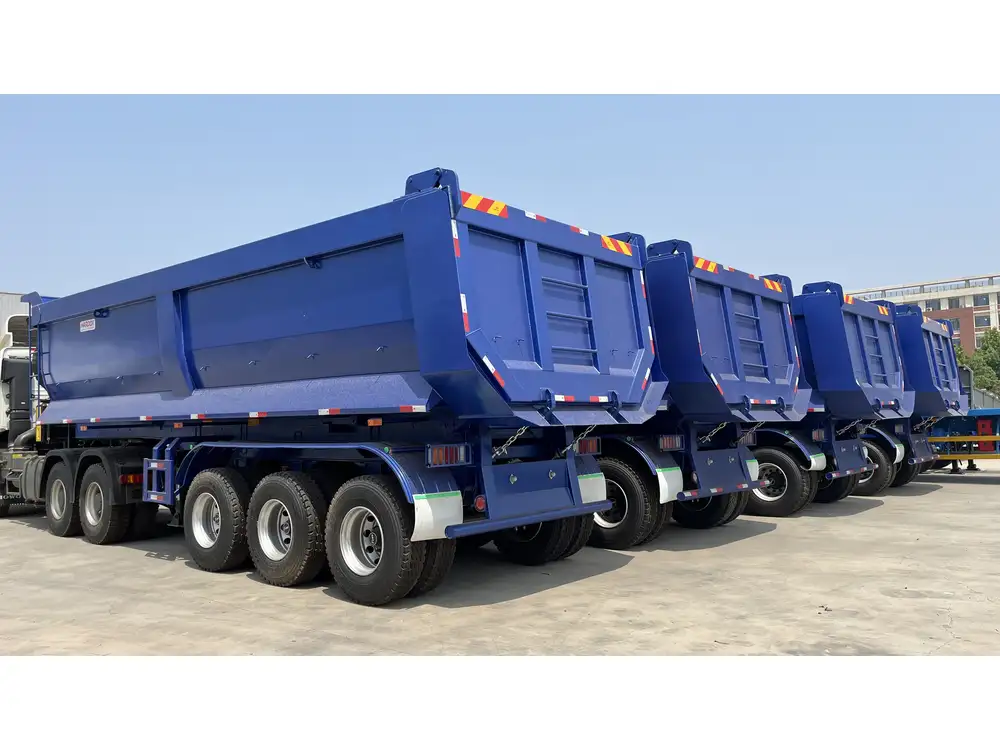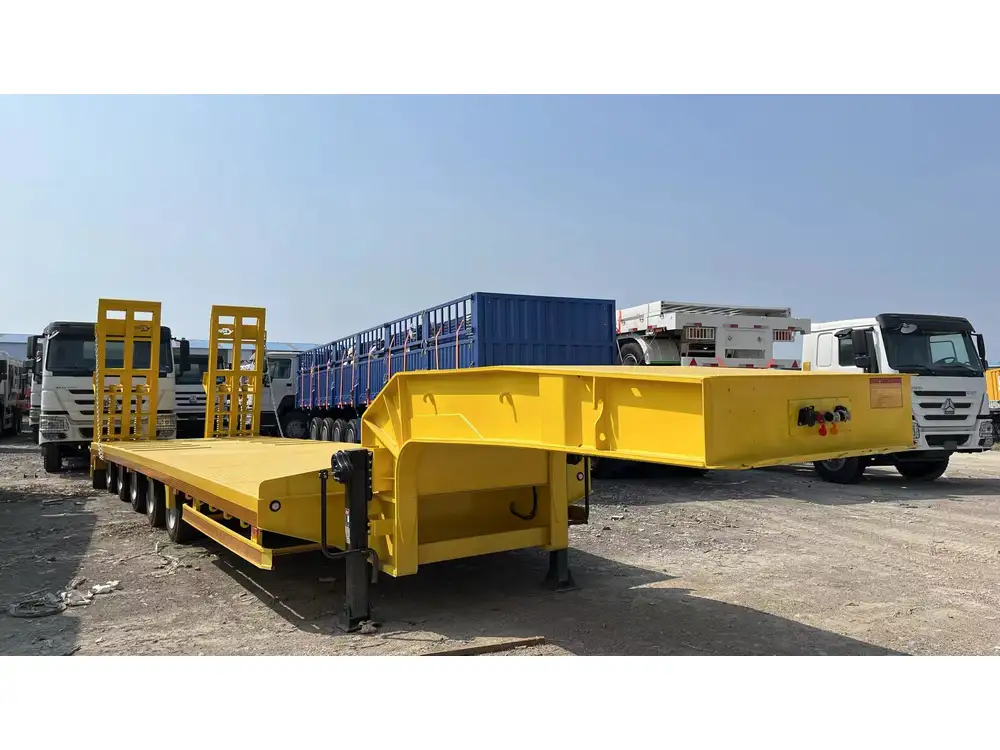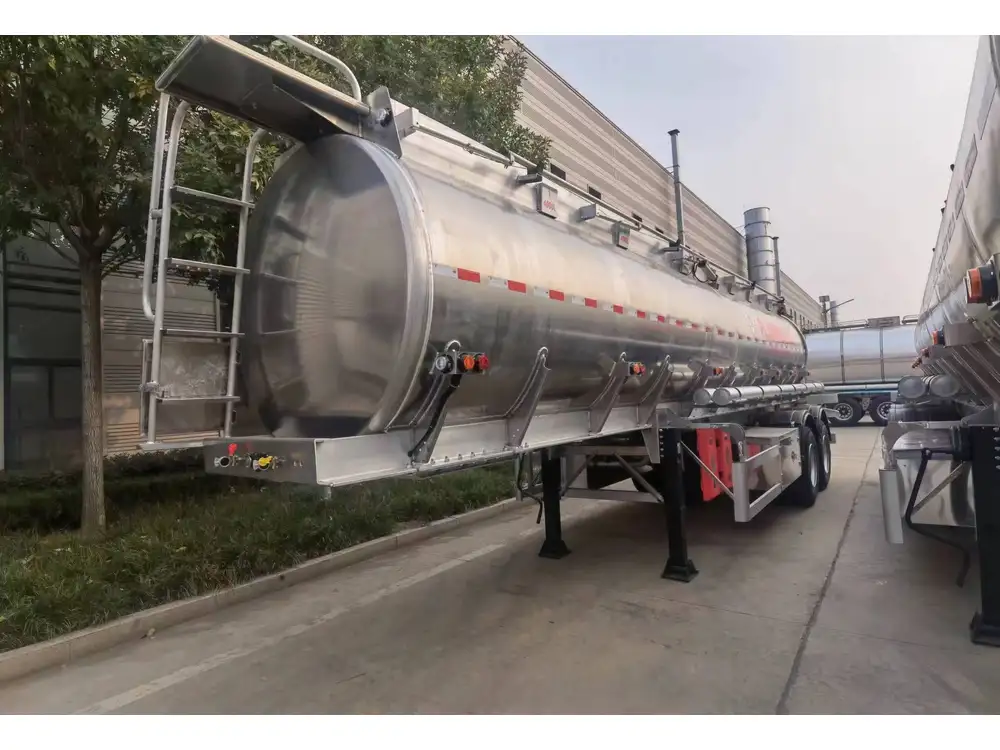Maintaining a clean fresh water tank in your trailer is vital for ensuring a safe and enjoyable experience on the road. Contaminated water can lead to a variety of health issues, from gastrointestinal discomfort to serious infections. This comprehensive guide will walk you through the steps necessary to thoroughly sanitize your trailer’s fresh water tank, using proven methods that won’t leave room for doubt.
Understanding the Importance of Sanitization
Before diving into the procedures, let’s understand what sanitization entails. It’s not just about cleanliness; it’s about eliminating harmful bacteria, viruses, and parasites that can lurk in your water system. Regular sanitization helps prevent potential illness and secures the integrity of your water supply.
Potential Contaminants:
| Contaminant | Source |
|---|---|
| Bacteria (E. coli) | Stagnant water, contaminated sources |
| Viruses | Contaminated hoses or fittings |
| Parasites (Giardia) | Natural water sources |
| Mineral deposits | Hard water supply |

Preparing for Sanitization
Gather Your Supplies
Before you begin the sanitization process, gather all necessary materials. This ensures efficiency and minimizes the chances of interruptions. The following list includes essentials for a successful sanitation:
- Bleach (Household Chlorine Bleach): Ensure it is unscented and contains around 5-6% sodium hypochlorite.
- Clean Water: Enough for the mixing process and rinsing the tank.
- Measuring Cup: To measure out the bleach accurately.
- Funnel: To help pour the bleach into the tank without spills.
- Garden Hose: For filling the tank.
- Bucket: To mix cleaner proportions.
- Rubber Gloves: To protect your hands when handling bleach.
Safety Precautions
- Ensure you are in a well-ventilated area to avoid inhaling bleach fumes.
- Always wear rubber gloves to prevent skin irritation.
- Store bleach safely away from children and pets.

Step-by-Step Guide to Sanitizing Your Fresh Water Tank
1. Empty the Fresh Water Tank
Start by draining your fresh water tank completely. Open all the faucets, and allow the water to run until the tank is entirely empty. This eliminates any remaining contaminants or stagnant water.
Draining Process:
- Locate the tank’s drain valve.
- Use a garden hose to direct water flow away from the trailer’s foundation.
- Ensure all faucets are open to allow air in as the tank drains, facilitating complete emptying.

2. Prepare the Sanitizing Solution
Dilute the household bleach in a bucket to create your sanitizing solution. The general recommendation is to use 1/4 cup of bleach for every 15 gallons of tank capacity.
Example Calculations for Different Tank Sizes:
| Tank Size (Gallons) | Bleach Needed (1/4 cup) | Total Solution (Cup) |
|---|---|---|
| 15 | 1/4 | 1 |
| 30 | 1/2 | 2 |
| 45 | 3/4 | 3 |
| 60 | 1 | 4 |
Mixing Instructions:
- Pour the required amount of bleach into the bucket.
- Add enough clean water to bring the solution to the desired volume. Mix thoroughly for an even distribution.

3. Fill the Fresh Water Tank with the Solution
Using a funnel, pour the prepared bleach solution into the fresh water tank. After introducing the bleach solution, fill the tank with fresh water to its maximum capacity to ensure proper dilution and coverage.
4. Circulate the Sanitizing Solution
To achieve an effective sanitization, it’s crucial to circulate the solution throughout the entire system:
- Faucets: Turn on each faucet in order, allowing the solution to flow through. Let it run until you notice a strong bleach smell (this indicates proper circulation).
- Appliances: If your trailer has a water heater or ice maker, make sure to circulate the solution through these as well. Check the manufacturer’s manual for specific instructions.
5. Let the Solution Sit
After circulating, allow the solution to sit in the system for at least 10-12 hours. This dwell time is critical, as it allows enough exposure to eliminate harmful organisms.

6. Flush the System
After the solution has sat, it’s time to flush your system thoroughly. Here’s how to effectively do it:
Flushing Steps:
- Drain the fresh water tank completely.
- Fill the tank with clean water to dilute any lingering bleach.
- Turn on all faucets simultaneously and allow them to run until the bleach smell dissipates. This may take several minutes.
- Repeat the flushing process at least three times to ensure no bleach residue remains.
7. Final Checks
After flushing the system, inspect the tank for any debris or residue. Ensure that all faucets are functioning correctly, and there are no leaks in the plumbing system.

8. Re-fill the Tank with Fresh Water
Once you’re satisfied that the sanitization process is complete, fill your tank with fresh, clean water. It’s advisable to use water that is also treated or filtered, especially if you’re onboard for an extended trip.
Maintaining a Clean Fresh Water Tank
Regular maintenance can significantly reduce the need for extensive sanitization. Here are some tips:
- Regularly Inspect Hoses and Fittings: Look for signs of wear or contamination.
- Use Water Filters: Incorporate a water filter to eliminate potential impurities right at the source.
- Seasonal Sanitization: Make it a routine to sanitize your tank at least once at the beginning and end of each camping season.
- Check Source of Water: Always be cautious about where you refill your tank. Use trusted water supplies.
Troubleshooting Common Issues

Issue: Persistent Odor or Taste
Solution: If your sanitized tank still exhibits an unpleasant odor or taste:
- Double-check that the sanitization solution was mixed properly.
- Increase the dwell time of the solution and ensure effective flushing.
Issue: Contaminated Water Source
Solution: Regardless of how well you sanitize, if your water source is contaminated, you will need to reconsider where you’re sourcing your water. Always test water quality when using public water supplies.
Issue: Leaks in the System
Solution: Regular inspection can help detect leaks. Use a plumbing tape to seal connections temporarily until permanent repairs are made.

Conclusion
Sanitizing the fresh water tank in your trailer is a straightforward yet crucial maintenance task that can enhance your health and overall experience while traveling. By following these detailed steps, you can ensure that your water supply is safe, clean, and ready for use. Regular attention to this task will save you from potential health risks and allow you to enjoy the freedom of life on the road with peace of mind.
Useful Resources for Further Reading:
- RV Water System Maintenance
- The Importance of Water Quality in Camping
- Managing Your Trailer’s Water Supply Efficiently
By maintaining a proactive approach to sanitizing your fresh water tank, you not only protect yourself and your loved ones from health risks but also extend the longevity and performance of your trailer’s systems. Safe travels!



